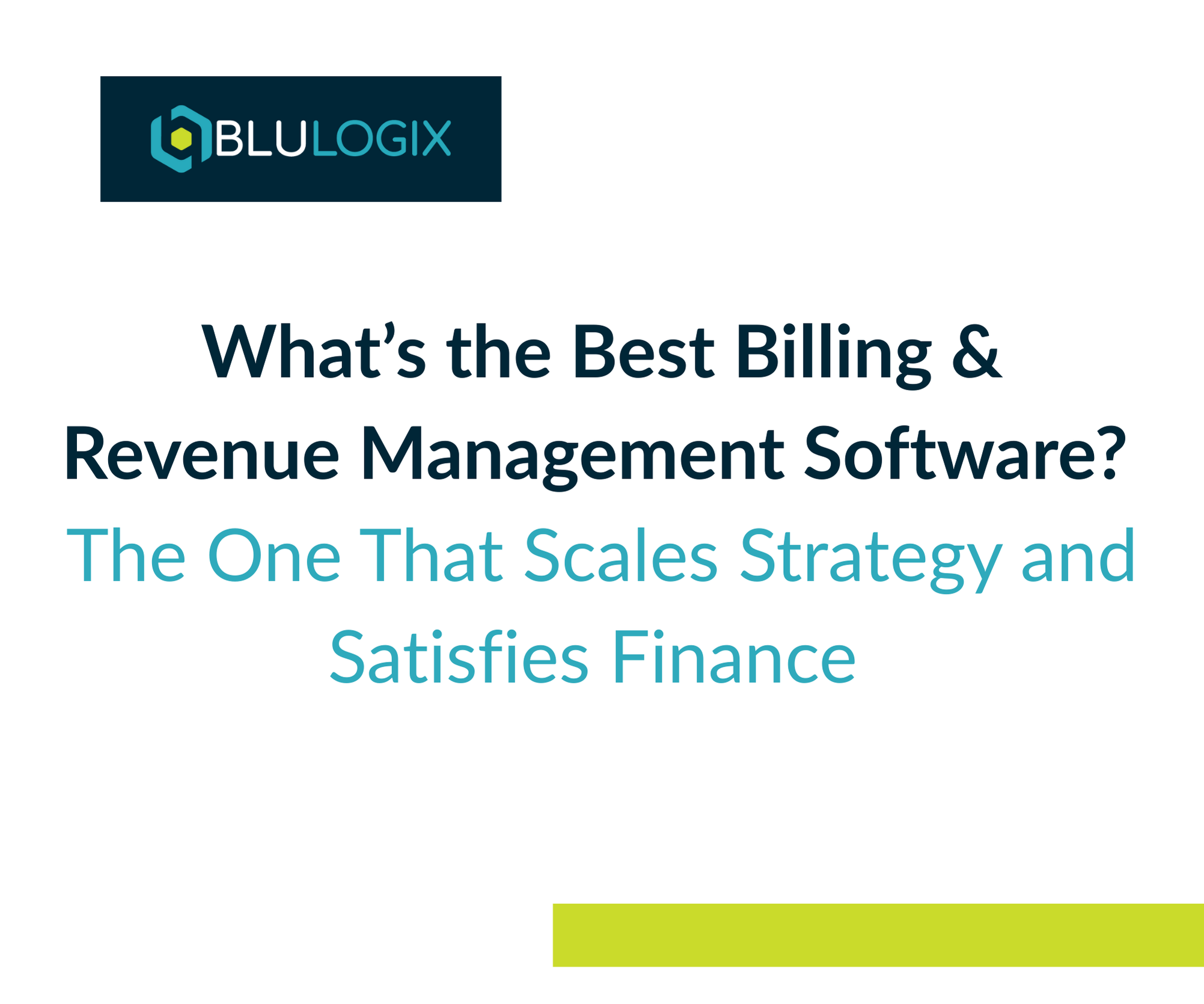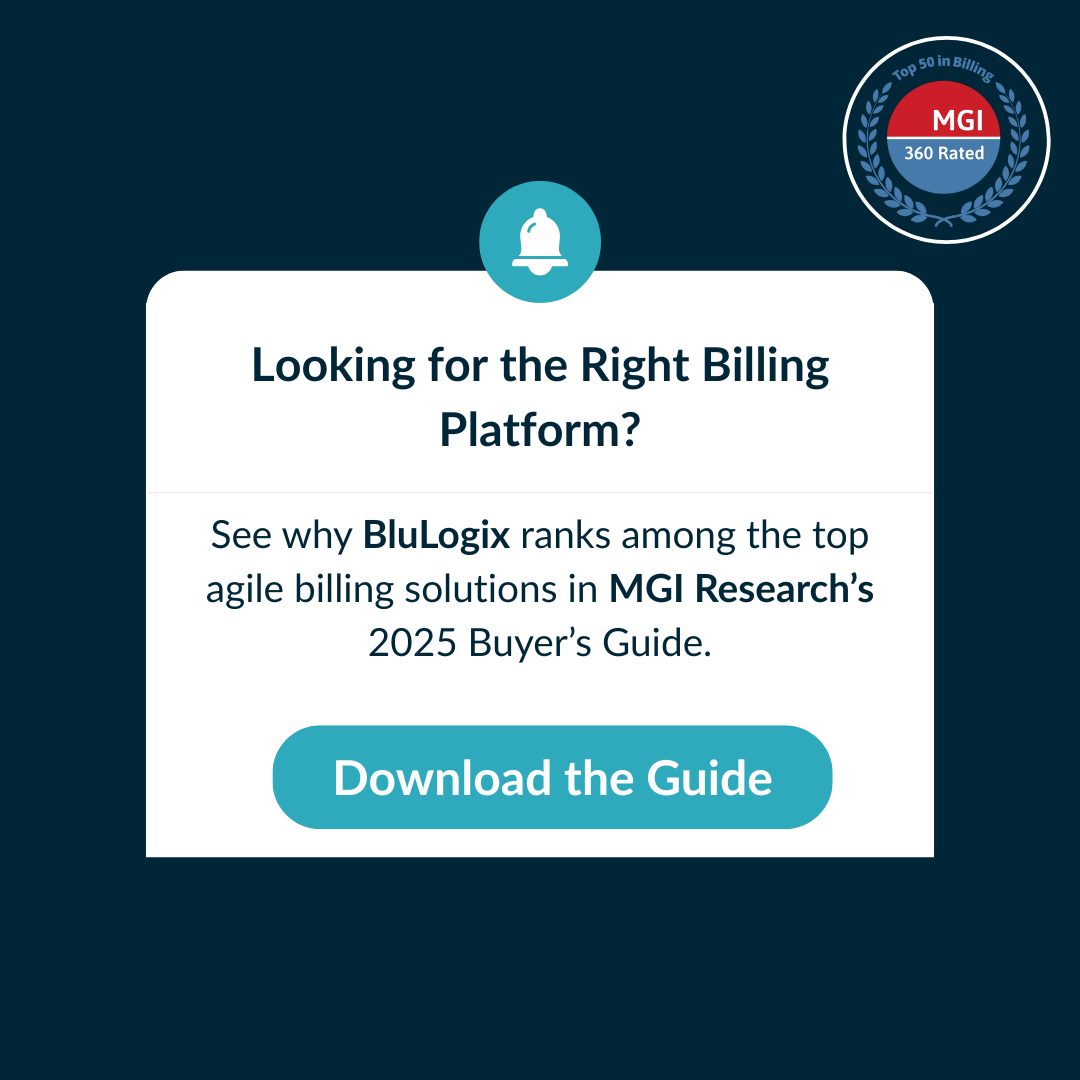5 Ways Subscription Billing Can Improve Your Recurring Revenue
Subscription billing is a powerful tool for increasing your recurring revenue. With subscription billing, businesses can provide customers with a steady stream of income that is predictable and reliable. In this blog post, we’ll discuss five ways subscription billing can help you improve your recurring revenue. From creating customer loyalty to increasing customer lifetime value, there are many advantages to leveraging the power of subscription billing. So let’s dive in and explore how subscription billing can take your business to the next level.
Take your business further with BluIQ’s flexible, scalable, enterprise-grade intelligent billing solutions.
Monthly recurring revenue
Monthly recurring revenue (MRR) is an important metric for subscription businesses, as it provides insight into the health of their business and helps to inform future decision-making. With a subscription model, customers pay a fixed amount on a regular basis, usually each month. This provides a predictable and reliable revenue stream that can be used to forecast future income and measure growth.
MRR allows businesses to track customer behavior, identify opportunities for growth, and adjust their strategies accordingly. It also gives businesses an accurate picture of customer loyalty and churn rates over time. Having access to these metrics can help subscription businesses better understand their customer base, plan for upcoming revenue, and strategize for long-term success.
MRR is often used in tandem with other metrics such as Customer Lifetime Value (CLV) and Average Revenue Per User (ARPU). By taking into account a customer’s lifetime revenue as well as their monthly contribution, businesses can make informed decisions that lead to improved customer loyalty, reduced churn, and higher overall profits. Additionally, monitoring MRR can help businesses to better understand customer behavior and anticipate changes in the market.
Customer lifetime value
Customer lifetime value (CLV) is an important metric for any business. It is the total revenue that a customer is expected to generate throughout their relationship with your business. In subscription models, customer lifetime value is especially important since it measures how much customers are likely to spend in the long term.
By analyzing customer lifetime value, businesses can understand the impact of different strategies and campaigns on customer loyalty and revenue. For example, if you offer a discount to customers who commit to a longer-term plan, this could increase customer lifetime value by encouraging customers to stay with you for the long haul.
Businesses should also use customer lifetime value to inform their pricing models. This metric helps businesses calculate the right price for each customer segment, helping them maximize customer lifetime value while ensuring they don’t miss out on potential revenue.
In summary, understanding customer lifetime value is essential to optimizing your subscription model and growing your recurring revenue. By leveraging this metric to inform your pricing and marketing strategies, you can improve customer loyalty and maximize long-term profits.
Churn reduction
Churn, or customer attrition, is a major concern for businesses that offer subscription services. This is the number of customers that cancel their subscriptions within a given period. Reducing churn is important because it impacts the overall recurring revenue that a business can generate over time. Subscription models can help reduce churn by offering customers more flexibility and better customer service.
For example, some companies offer multiple subscription plans at different price points to meet customers’ needs and budget. By having more options available, customers can select the plan that works best for them, which helps to keep them from canceling their subscription. Additionally, companies should focus on providing excellent customer service and responding quickly to customer inquiries. This helps to build loyalty and trust with customers, which is essential for retaining them over the long term.
Subscription billing also enables businesses to segment their customers based on usage patterns. By understanding customer behavior, businesses can identify customers that are at risk of canceling and intervene to provide additional support and incentives to retain them. Additionally, businesses can use automated reminders and notifications to remind customers of upcoming payments and ensure that they do not miss payment deadlines.
Overall, subscription models can help businesses reduce churn and improve their recurring revenue by providing customers with more flexibility and better customer service. By understanding customer behavior and taking proactive measures to engage customers, businesses can ensure that they are retaining as many customers as possible in the long run.
Improved customer satisfaction
Subscription models can help to improve customer satisfaction through offering them a more convenient and flexible way of purchasing products or services. Customers don’t need to worry about ordering every month or worrying about when their order will arrive. Instead, they are able to set up a subscription that will automatically deliver the product or service on a regular basis. This allows customers to receive the products or services they need without the hassle of reordering each time.
Additionally, subscription models allow customers to have more control over the frequency, amount and type of products or services they receive. This allows them to tailor their subscription to meet their needs and preferences. This type of customization leads to an improved customer experience and higher levels of satisfaction. Customers also appreciate the convenience of subscription billing, as it eliminates the hassle of having to remember to reorder or renew their services.
Finally, customers benefit from the flexibility of subscription models, as they can adjust their subscription according to their needs and budget. Customers can easily adjust their subscription frequency, the type of product or service they receive and the amount they pay for each delivery. This makes it easier for customers to control their spending and helps to increase their satisfaction with their purchases.
Increased customer loyalty
Subscription billing has the power to build customer loyalty in a way that traditional billing models can’t. Subscription services make it easy for customers to keep up with their bills, allowing them to focus on other areas of their life rather than worrying about their billing cycles. This convenience and ease of use encourages customers to come back time and time again, forming a strong bond between them and your business.
Subscription services also allow customers to receive discounts and exclusive offers that other billing models may not be able to offer. This added benefit gives customers more value for their money, encouraging them to stay loyal to your business. Finally, subscription services offer customers a level of customization, allowing them to tailor their payments and services to suit their individual needs. This adds a personal touch that can encourage customers to remain loyal over the long term.
Take your business further with BluIQ’s flexible, scalable, enterprise-grade intelligent billing solutions.
Conclusion:
Subscription models are quickly becoming the preferred way for businesses to generate recurring revenue. By offering customers a subscription option, you can provide them with regular access to your products and services, making it easier for them to make regular purchases. Subscription models offer a range of benefits to businesses, including increased customer loyalty and satisfaction, improved customer lifetime value (CLV), and reduced churn.
Learn how BluLogix can help you improve your revenue, growth, and profitability with subscription revenue. Schedule a demo with one of our billing experts today.
Learn more

What Makes Automated Chargeback Essential for Modern Enterprises?

What’s the Best Billing & Revenue Management Software? The One That Scales Strategy and Satisfies Finance



